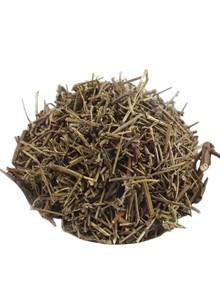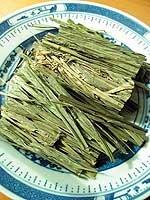Traditional Chinese Medicine (TCM) holds that seasonal changes have a direct impact on our health. Each season, spring, summer, autumn, and winter, affects the body's internal balance in distinct ways. To address heat-related illnesses, TCM physicians design personalized treatments to clear internal heat and correct underlying imbalances, making these therapies effective for both prevention and recovery. Chinese medicine can support the body's long-term resilience and adaptability to hot environments.
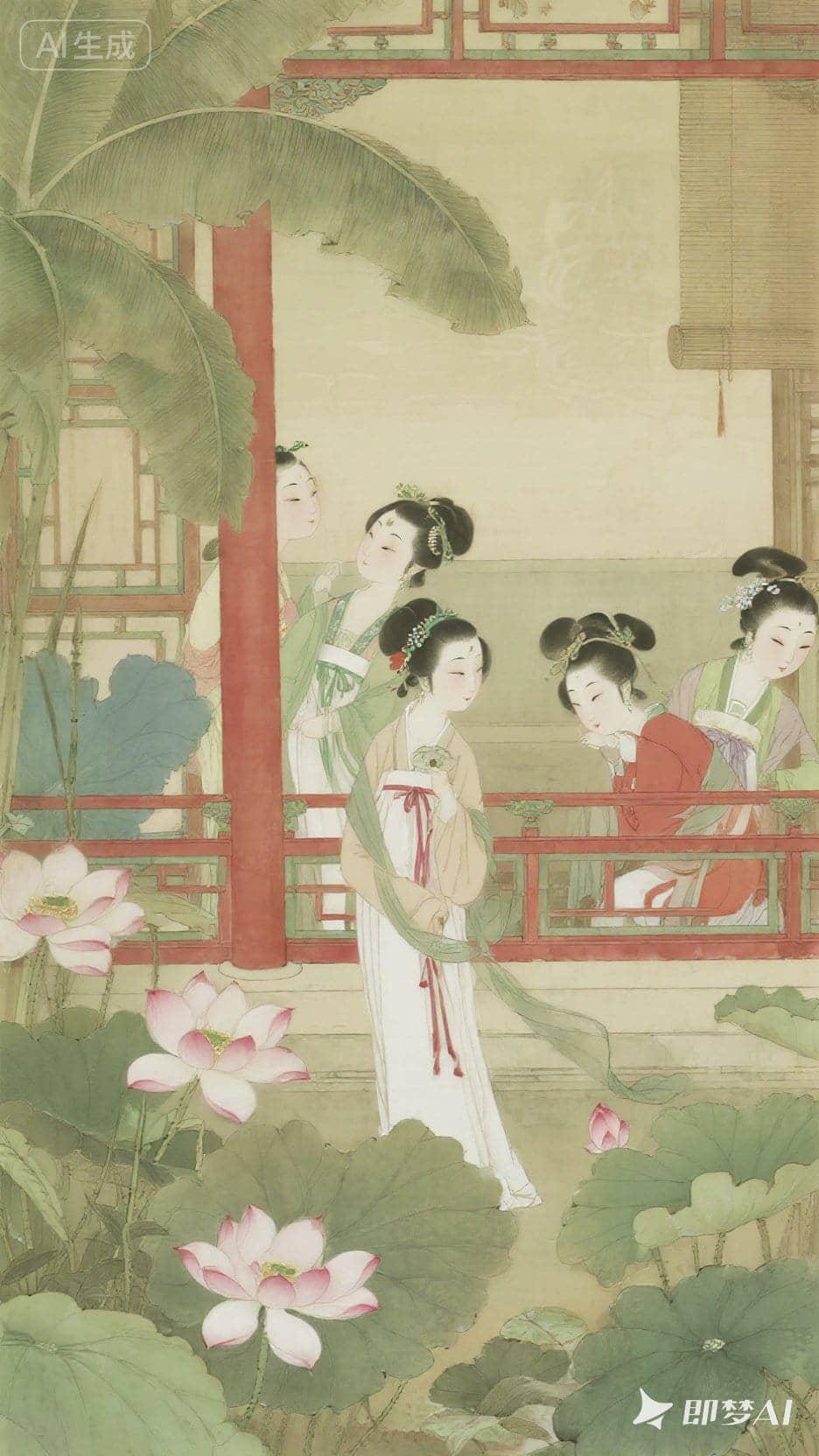
Summer-heat injury (
shang shu) refers to a seasonal condition caused by excessive exposure to
summer-heat, often combined with
dampness when the climates are humid. The primary symptoms include sudden fever, profuse sweating, intense thirst, and fatigue. In modern medicine, this condition is comparable to a mild heat-related illness. Prognosis is generally favorable, that most individuals can get well if given appropriate care.
Diagnostic criteria for summer-heat injury in TCM
- Typically arises in summer, and commonly seen in vulnerable groups such as the elderly, children, chronic illnesses or outdoor workers, after exposure to high temperatures (above 35°C).
- The usual symptoms include excessive sweating, thirst, headache, dizziness, ear ringing, blurred vision, nausea, vomiting, chest tightness, palpitations, limb weakness and fatigue. Also the skin may be sweaty or dry; face flushed or pale. Body temperature is usually normal or mildly elevated (37.5–38.5°C).
- In most cases, routine laboratory tests do not reveal significant abnormalities.
Summer-heat injury is usually treated according to the following disharmony patterns:
1. Summer-heat and dampness attacking superficial body
Disharmony pattern: a hot body, slightly aversion to wind blowing, dry skin, soreness or heaviness in limbs or body, distending pain or heaviness in the head, turbid nasal discharges, irritability, thirst but not prefer to drink, mouth dryness, chest stuffiness, nausea, deep-yellow urine, the
tongue coating is yellow and greasy, the
pulse is rapid and soft.
Therapeutic principle: dispel summer-heat, relieve superficial body, and resolve
damp turbidity.
2. Summer-heat accumulated internally
Disharmony pattern: high fever, headache, dizziness, intense thirst, heavy sweating, a flushed face, coarse breathing, a red tongue with yellow coating, the pulse is surging and forceful.
Therapeutic principle: dispel summer-heat and clear heat.
Sample prescription: White Tiger Decoction, plus ginseng rootlets, lophatherum herb (
dan zhu ye) and dried watermelon peel.
3. Summer-heat damaging body fluid and qi
Disharmony pattern: fever, thirst, heavy sweating or no sweating, irritability, spiritual fatigue, drowsiness, breath shortness, general weakness, chest stuffiness, palpitations, dark yellow and scanty urine, mouth dryness, a red tongue with yellow coating, the pulse is thready, weak and rapid.
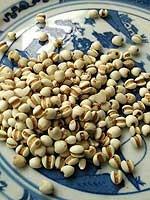 |
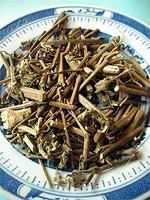 |
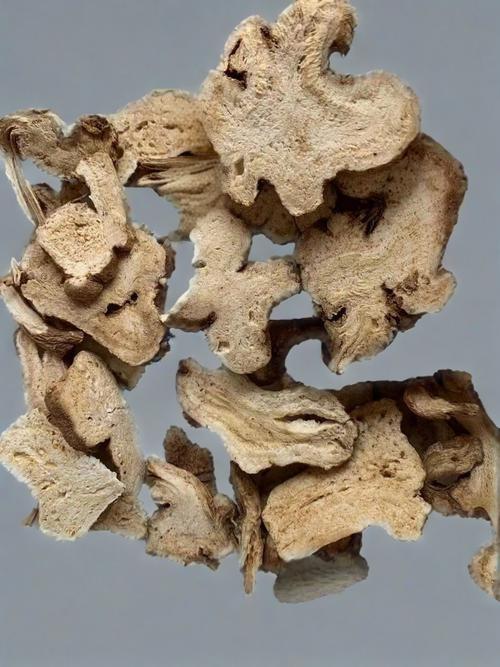 |
| Coix seed |
Agastache herb |
Largehead atractylodes rhizome |
4. Summer-heat and dampness along with heat stagnation
Disharmony pattern: a hot body, irritability, chest stuffiness, nausea, dizziness, thirst, scanty urine, a red tongue with yellow and greasy coating, the pulse is soft and rapid, or slippery and rapid.
Therapeutic principle: clear summer-heat and resolve
dampness.
5. Spleen deficiency and dampness accumulation
Disharmony pattern: fatigue, dizziness, drowsiness, limb weakness, poor appetite, nausea or vomiting, bloating, loosen bowels, white and thick tongue coating, soft and slow pluses.
Therapeutic principle: invigorate the
spleen and drain dampness.
6. Summer fever in kids
Disharmony pattern: kids present with fever, paleness, quiet or inactivity, sleeping without close eyelids, low appetite, thirst, frequent and profuse urination, loose bowels, a pale tongue and the pulse is weak.
Therapeutic principle: invigorate the spleen and replenish qi
The above shows how TCM physicians use herbal prescriptions to regulate or coordinate bodily mechanisms, helping to alleviate weakness and discomfort caused by high temperatures. While modern medicine often views heat-related discomfort as a temporary reaction to external heat, TCM interprets it through concepts such as disturbed qi and blood flow, imbalanced distribution of
body fluids, and disharmony among internal
organs.
Physicians then apply a
holistic approach, using herbal remedies,
acupuncture,
appropriate diet, and
lifestyle adjustments, to develop practical strategies for treatment and recovery. These methods aim to reduce the risk of more serious health issues triggered by hot weather, helping the body remain stable and resilient in high-temperature environments, supporting overall physical and mental well-being during the summer months.

